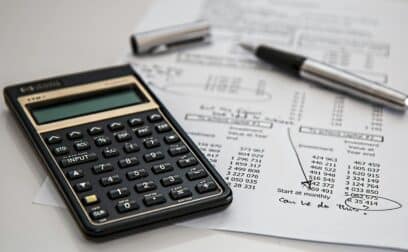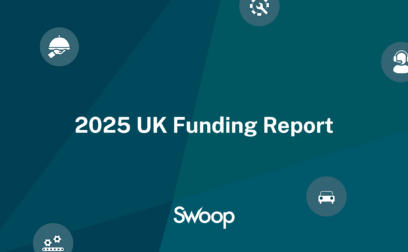Definition
An asset is a resource with economic value that is owned or controlled by an individual, corporation, or entity, and which is expected to provide future benefit.
What is an asset?
Assets can be physical, tangible items like real estate, vehicles, equipment, and inventory, or they can be intangible, representing non-physical rights or benefits, such as patents, trademarks, or goodwill.
Here are some key characteristics and points about assets:
- Future benefits: Assets are expected to provide future benefits, either through generating revenue, reducing expenses, or increasing the value of the entity.
- Different types:
- Tangible Assets: Physical items like property, equipment, cash, and inventory.
- Intangible Assets: Non-physical rights, such as patents, copyrights, trademarks, and intellectual property.
- Current vs. non-Current: Assets are classified as either current (expected to be converted into cash or used up within one year) or non-current (expected to provide benefits over a longer period).
- Balance sheet representation: Assets are a crucial component of a company’s balance sheet. They are listed on one side, with liabilities and equity on the other.
- Risk and return: Assets vary in risk and potential returns. Stocks can yield higher returns but are riskier than stable investments like government bonds.
- Importance in financial analysis: Knowing a company’s assets is vital for assessing its financial health, ability to meet obligations, and overall value.
Assets are fundamental to the financial health and operations of individuals, businesses, and organisations. They represent the resources that can be leveraged to generate income, fund operations, or support future growth and development.
Example of assets
- Cash and cash equivalents:
- £10,000 in a company’s checking account, ready for immediate use.
- Accounts receivable:
- £15,000 owed to a business by its customers for products or services delivered on credit.
- Inventory:
- £50,000 worth of finished goods held by a retailer for sale.
- Prepaid expenses:
- £5,000 paid in advance for a year of insurance coverage.
- Property, plant, and equipment (PPE):
- A manufacturing company owns a factory building valued at £2 million.
- Intangible assets:
- A software development company holds a patent for a proprietary technology.
- Investments:
- £100,000 invested by a company in stocks and bonds of other companies.
- Goodwill:
- When a company acquires another company for £20 million, and the purchase price exceeds the fair value of the acquired company’s net assets, the excess amount is recorded as goodwill.
- Long-term investments:
- A company holds a 10% ownership stake in another company with a market value of £1 million.
- Land:
- A real estate company owns a vacant land parcel valued at £500,000.
































 yet? Register here!
yet? Register here!